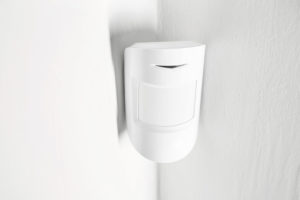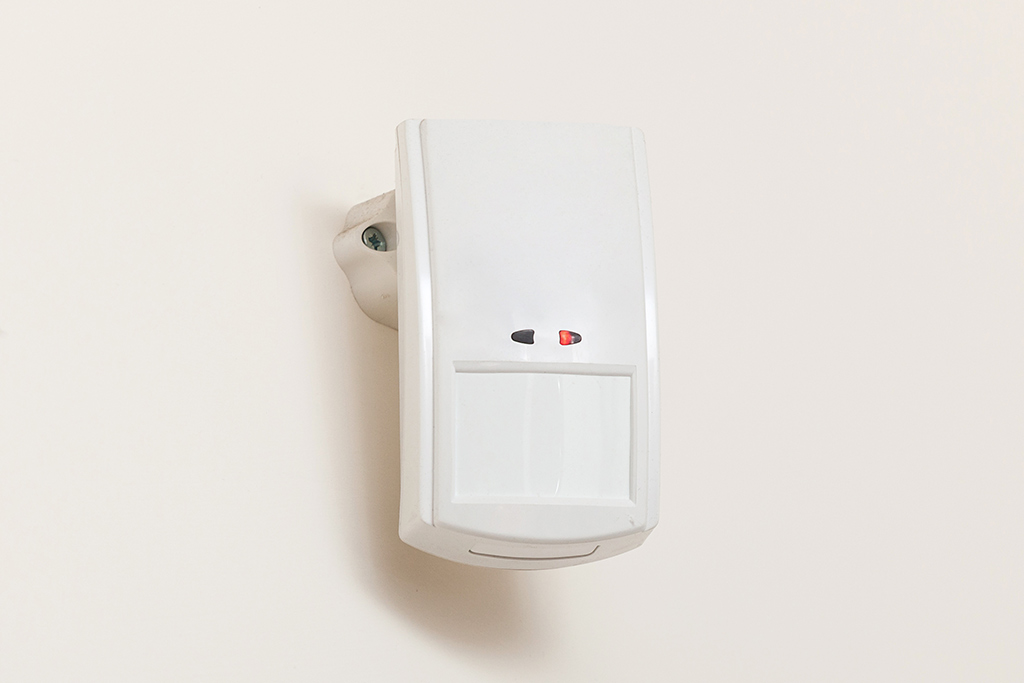How to Prevent Pets from Triggering Your Motion Detectors
Motion detectors are an integral part of any pet friendly home security system. Their role is to detect movement and activate the alarm if a burglar were to pass through them. High-quality motion detectors will have no problems executing this task, but the problem is that detecting movement is only half the challenge.
A crucial trait of a motion detector is its ability to detect what is moving. They must process the information quickly to determine whether the movement came from a person, an object, or a pet to reduce the likelihood of false alarms.
One of the main issues regarding motion detectors is that pets are likely to trigger the device by accident. Cats, dogs, and other animals emit infrared radiation just like humans. When the body heat of these animals come within range of the motion detector, the alarm is activated.
The last thing you want is to wake up to a false alarm due to Fido running around the house. With that said, let’s discuss how you can prevent your beloved furballs from triggering motion detectors in your home.
- Install the motion detectors at the appropriate height
Motion detectors have a recommended installation height to prevent pets from accidentally triggering them. You can refer to your device’s instruction manual to determine the correct installation height. If you set the motion detector too low, then your pets are more likely to trigger the device. Set the device too high, and the motion detector may not pick up heat waves from humans.
When installing a motion detector outdoors, the terrain of the area must be taken into consideration. There should be no obstructions or other moving objects at the front of the device (i.e. tree branches, flapping tarps, etc.) The device should be installed on a levelled surface and pointed directly towards the area you want to protect.

- Adjust the device’s sensitivity
Motion detectors that are set to high sensitivity will pick up even the tiniest of heat waves from your pet, thus increasing the risk of false alarms. Depending on how large your pet is, you can adjust the sensitivity to medium or low to avoid accidental triggers.
After adjusting, test out the device and see if it’s sensitive enough to detect human movement. If not, turn up the sensitivity until you find the right setting.
- Make sure the animal doesn’t come into close contact with the lens
Objects that are closer to motion detection emit more heatwaves. The greater their thermal spot is, the more likely the device will activate the alarm. A dog that jumps past the detector at proximity will trigger the alarm. The same goes for a cat that walks slowly near the device’s lens.
Try to keep your pets away from the motion detectors as much as possible. Some people place protective barriers around the device to keep their pets from getting close to the device, but this can hinder the motion detector’s ability to track infrared heat. Your best bet is to contain your pets in an area where the device is set up to limit the frequency of accidental triggers.
Upgrading to a pet-friendly motion detector
Tired of your pets constantly triggering your alarm? If so, then you may want to consider upgrading to a pet-friendly motion detector. This device is designed to ignore infrared radiation from pets that range from 15 kilos up to 40 kilos. If you have large dogs around the house, then a pet-friendly motion detector is a worthy investment.
These devices work similarly to a standard motion detector, but the zones at which they detect heat waves are weaker at the bottom and stronger at the top. This enables the motion detector to determine whether the infrared radiation is coming from a pet or a human.
Keep in mind that a pet will still be able to activate a pet-immune motion detector if they can get near the lens. The idea behind these devices is that your pet can walk freely underneath the detection zones. If they were to reach proximity at the upper end of the detection zone, the alarm will activate.


